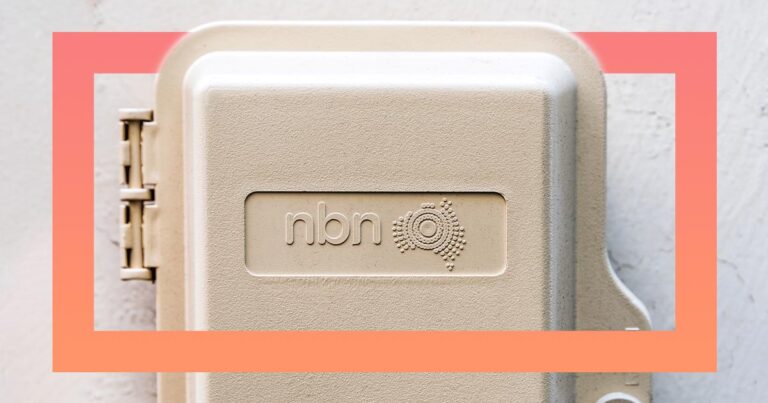The 1.0 plan for the NBN rollout was for most homes and businesses in Australia to receive full fibre connections. Now that the main rollout is complete, the full fibre-ification of homes is in full swing, focused on converting Fibre-to-the-Node (FTTN) and Fibre-to-the-Curb (FTTC) homes to Fibre-to-the-Premises (FTTP) abodes, capable of gigabit internet and future-proofed for potential multi-gigabit tomorrows.
Here’s everything you need to know about NBN Co’s speediest technology.





